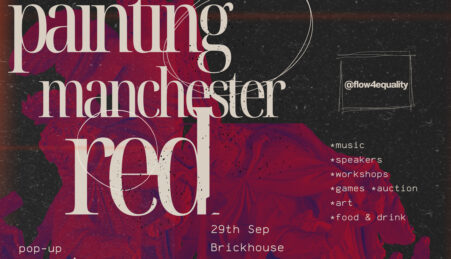
By Sojourner McKenzie
On Monday evening at Manchester Metropolitan University, as part of the Humanities in Public series Animal Worlds, Dr Hilda Kean, visiting professor at the University of Greenwich, gave a talk on the little known cat and dog massacre that occurred on the first week of the Second World War.
Dr Kean explained that the mass killing in London, was not out of blind panic or fear, but instead it was so that people felt as if they were doing something. “It was almost to signify to themselves that the war had started,” she said.

She went on to examine why it was written out of history, which has largely to do with image and perception of the Second World War. She explained,
“We like to believe it was a people’s war and that it was a good war, that it was a war that we want to remember. Yet during this war, the history of thousands of animals gets written out. Roughly 400,000 cats and dogs were killed at the owners’ request. It was in every national newspaper and yet today people are amazed when I tell them that it actually happened.”
Dr Kean then observed how the relationship of animals changed throughout the war, showing the lecture hall newspaper clippings of dogs and fire fighters going into piles of rubble to find survivors of bomb raids. She also reminded the audience that dog biscuits and cat’s meat (horse flesh) were unsuccessfully rationed, as people began to feed the animals leftover food from the table, reminding us just how much domestic animals mean to us, then and now. As co-convenor for the event Wahida Khandker explained, “Testimony from pet owners of the time did not suggest that attitudes towards pets were significantly different to our own now.”
However, during the discussion that followed the talk, Dr Kean told the audience that budgies and canaries were also killed – due to a lack of wartime food. In this case, the killing of those birds was down to resources, whereas the killing of cats and dogs, even at the time, was seen as barbaric. At that time, the newspapers called it genocide, but as she rightly pointed out, it doesn’t fit the popular image that humans and animals alike joined together to defeat the Nazis in World War Two.
Gervase Phillips, co-convenor and the moderator of the talk, heralded Hilda as, “extraordinarily important in terms of promoting public history. She has always been great at breaking down the public and the academic, which is what we should all be doing. Humanities isn’t just something you do, it’s something you live.”

Professor Berthold Schoene
Humanities in Public are continuing to create an environment in which the humanities subjects are seen as applicable to the wider world. Associate Dean for Research and Knowledge Exchange in the Faculty of Humanities, Languages and Social Science, Professor Berthold Schoene told us,
“What surprises me is that we’re the only university to be doing this.” By inviting Dr Kean to speak, HiP very much succeeded in getting the public to engage with the university.
All photography taken by Callum Willmott
Sojourner McKenzie is starting her second year of an English and Film degree and spends most of her time ranting at no-one in particular about everything. Follow her on Twitter @runsojrun








Leave a reply